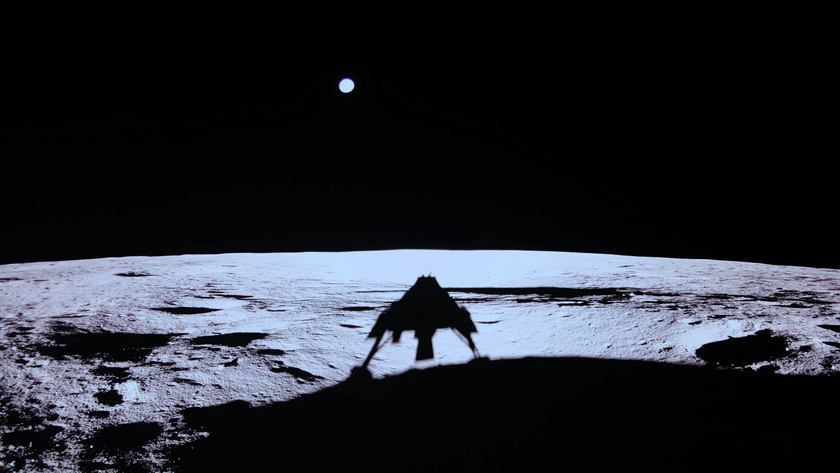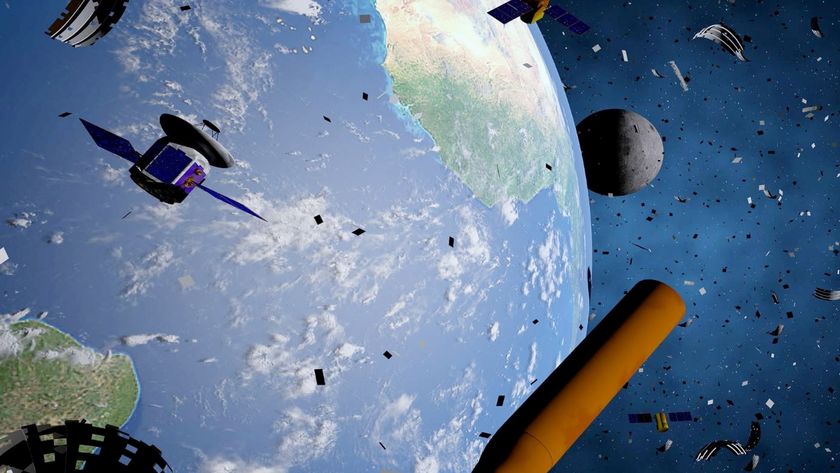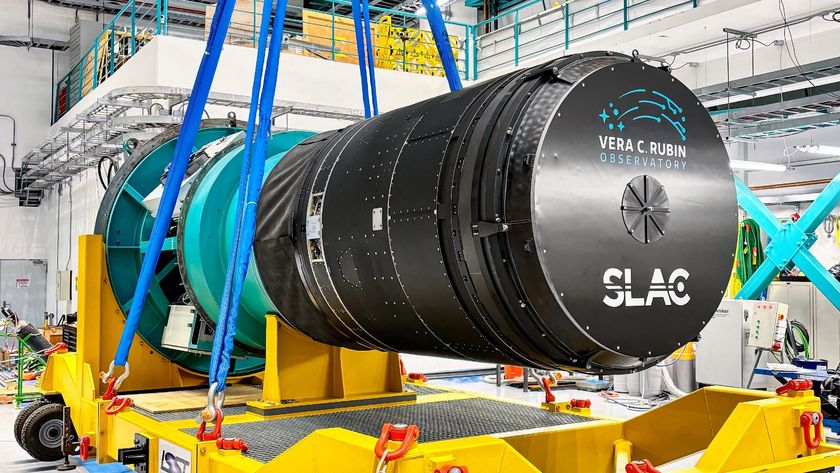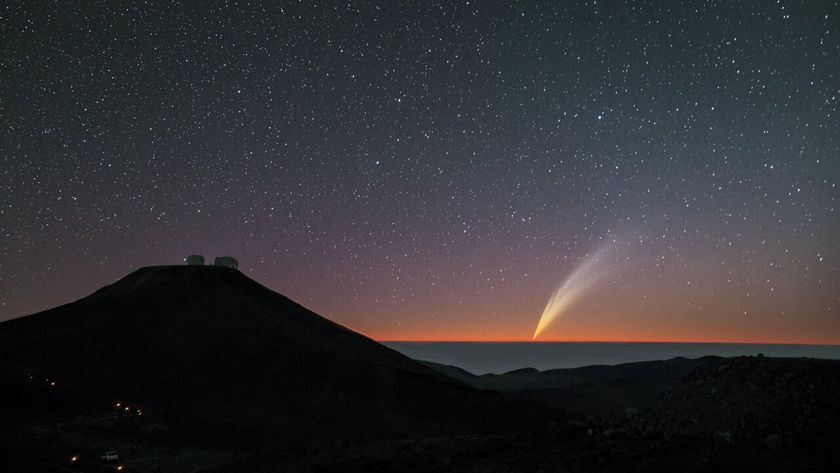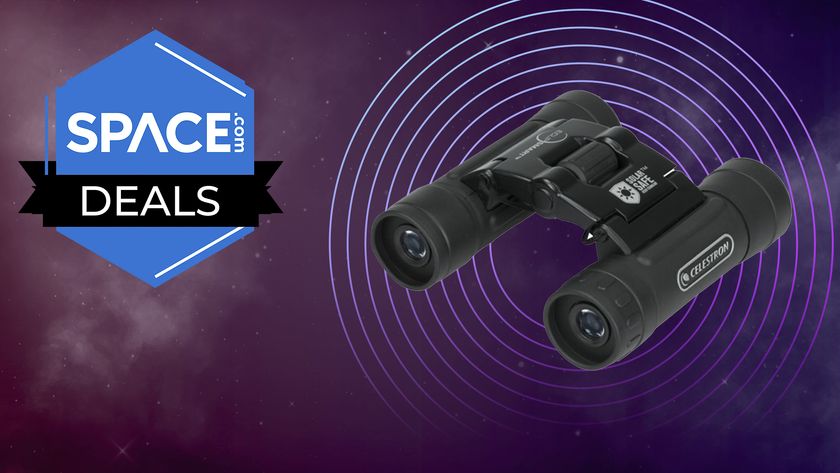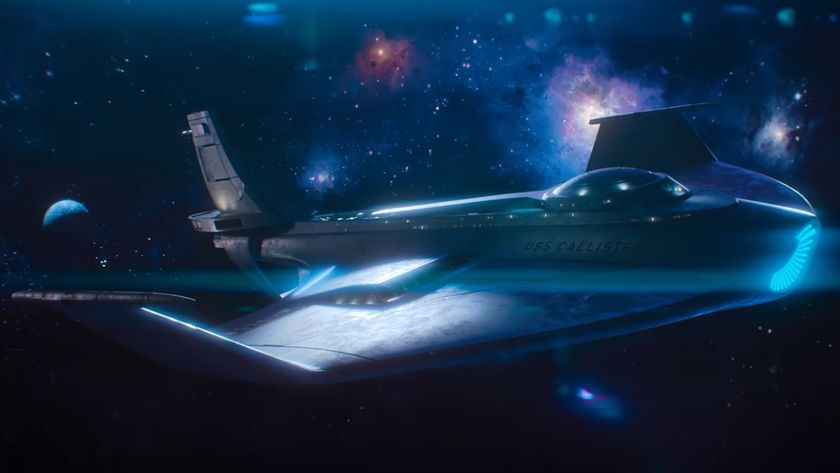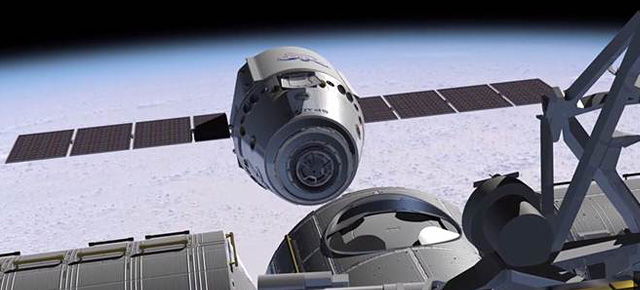
A private spaceship mission to the International Space Station is on track for a planned April 30 launch, which will mark a historic first for the orbiting laboratory, NASA officials announced today (April 16).
The launch will kick off a pivotal demonstration flight for the unmanned Dragon capsule built by the company Space Exploration Technologies (SpaceX) of Hawthorne, Calif. During the mission, the gumdrop-shaped spacecraft will rendezvous with the space station, be captured by astronauts operating a robotic arm and offload some cargo.
If successful, it will be the first time a commercial American robotic spacecraft has ever flown to the International Space Station.
NASA space station managers and SpaceX officials met earlier today to review the Dragon spacecraft's readiness for its debut trip to the orbiting lab. They said the capsule is on track to blast off in two weeks, but only if a few remaining issues are resolved.
"Everything looks good as we head towards the April 30 launch date, but I would caution us all that there's still quite a bit of work that needs to be done," Bill Gerstenmaier, NASA associate administrator for Human Exploration and Operations, told reporters today. More software validation tests for the Dragon spacecraft, for example, are among the items remaining to be completed.
"We'll continue to work through this stuff over the next week or so," he added. "On the 23rd of April, we'll get back together again and just kind of assess where we are overall to see how things are moving forward." [Dragon, SpaceX's Private Spaceship (Photos)]
Making history
Get the Space.com Newsletter
Breaking space news, the latest updates on rocket launches, skywatching events and more!
SpaceX aims to become the first company to launch a spacecraft toward the orbiting lab under NASA's Commercial Orbital Transportation Services (COTS) program, which seeks to spur the development of American private vehicles to take over the duties of the agency's retired space shuttle fleet.
The firm holds a $1.6 billion contract with NASA to make 12 robotic supply missions to the space station. But the scheduled April 30 flight is not one of the 12; rather, it's a demonstration to show that Dragon and SpaceX's Falcon 9 rocket have the right stuff.
On April 30, the pair is slated to lift off from Florida's Cape Canaveral Air Force Station. Dragon will carry food, supplies and scientific experiments up to the space station, where astronauts will grab and grapple it using a huge robotic arm. If all goes well, Dragon could start making regular cargo runs for NASA later this year, SpaceX officials have said.
SpaceX and the Dragon capsule have already made history once. In December 2010, SpaceX became the first private company to send a spacecraft into orbit and retrieve it successfully; it fished Dragon out of the Pacific Ocean after the capsule made two loops around our planet. [Video: Space X's Quest For Rocketry's Holy Grail]
While the rocket and capsule have shown their mettle in space to an extent, the software designed to get Dragon within inches of the fast-moving station has not. So SpaceX is especially keen to see how those systems perform on April 30.
"The thing that's really being tested on this flight is proximity operations and the berthing system," SpaceX CEO and chief designer Elon Musk said today, adding that perfecting this software was perhaps the trickiest part of preparing for the mission, which has been delayed several times.
The original plan called for the station-bound Dragon to launch Feb. 7, but in January SpaceX pushed that back to March 20, saying it needed more time to prepare the vehicle. The target date later slipped again, to April 30.
The billionaire Musk founded SpaceX in 2002 and also currently heads the Tesla electric car company. Since its founding, SpaceX has launched two different rockets, the Dragon-toting Falcon 9 and its smaller cousin the Falcon 1.
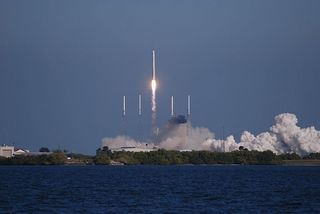
NASA's private spaceship needs
NASA grounded its space shuttle fleet in July 2011 after 30 years of service. Since then, the U.S. space agency has relied on international partners like Russia, Japan and the European Space Agency to launch cargo and crew to the space station.
While Dragon will transport solely cargo initially, SpaceX is also working on a crewed version of the capsule that it hopes will carry astronauts to the space station and, eventually, Mars. Other U.S. companies are also developing their own private crewed spacecraft, some (like SpaceX) with NASA funding. The agency has said it wants the first private astronaut taxis to be ready by 2017.
And SpaceX is not the only company vying to fill NASA's cargo-carrying void.
Orbital Sciences Corp., for example, is developing its own cargo freighter under a $1.9 billion NASA contract. The company, based in Dulles, Va., is building its Cygnus spacecraft to carry supplies to the orbital outpost, with the first test flight expected later this year.
You can follow SPACE.com senior writer Mike Wall on Twitter: @michaeldwall. Follow SPACE.com for the latest in space science and exploration news on Twitter @Spacedotcom and on Facebook.
Join our Space Forums to keep talking space on the latest missions, night sky and more! And if you have a news tip, correction or comment, let us know at: community@space.com.

Michael Wall is a Senior Space Writer with Space.com and joined the team in 2010. He primarily covers exoplanets, spaceflight and military space, but has been known to dabble in the space art beat. His book about the search for alien life, "Out There," was published on Nov. 13, 2018. Before becoming a science writer, Michael worked as a herpetologist and wildlife biologist. He has a Ph.D. in evolutionary biology from the University of Sydney, Australia, a bachelor's degree from the University of Arizona, and a graduate certificate in science writing from the University of California, Santa Cruz. To find out what his latest project is, you can follow Michael on Twitter.
